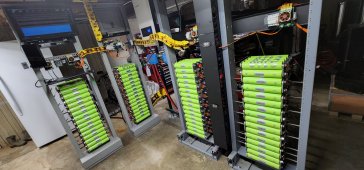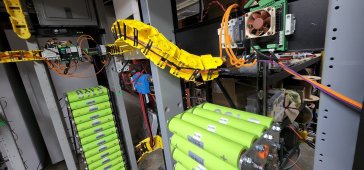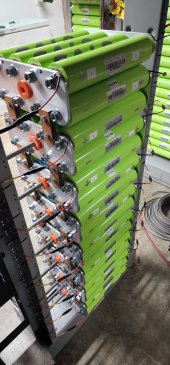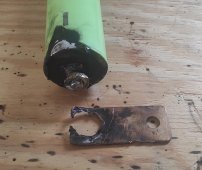Maintenance guy
New Member
1/8" x 3/4" is 6 dollars cheaper at online metals for 6 feet. i should of used the smaller width in my system as the cells are capable of 110 max amps and 3/4" bus bars are capable of 200 plus amps.
Last edited:







